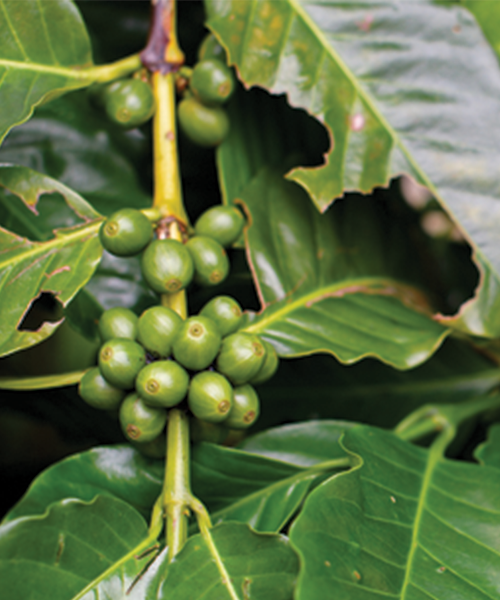Myristica fragrans, or usually known as nutmeg, is traditionally medicine and commonly used as spice flavor additives to beverages and baked goods. In several countries, such as China, India, and African countries, this spice is used for the treatment of several diseases, such as decreased appetite, diarrhea, muscle spasm, rheumatism, etc (Loizzo et al. 2017). Recently, M. fragrans has been investigated for antioxidant, because its ability to scavenge free radicals. If essential oils are able to scavenge some free radicals, they can also act as anti-inflammatory agents, because one of the inflammatory responses is the oxidative burst that occurs in diverse cells (monocytes, neutrophils, eosinophils, and macrophages).
This article deeply explore about nutmeg’s benefit as an anti-inflammatory and analgesic activity.
Natural compounds as source of new anti-inflammatory agents with lower side effects, and one of them is nutmeg, is stil great interest topic of research. The nutmeg oil exhibited an anti-inflammatory effect on acute inflammation. An analgesic effect was produced by the oil in the acetic acid-induced writhing model and in the late phase of the formalin-induced licking (Miguel 2010). The anti-inflammatory effects of M. fragrans could be partially due to the presence of myristicin and macelignans. However, large amounts intake of nutmeg could result in toxic effects such as nausea, vomiting, or hallucination. Many researches have correlated toxicities of nutmeg with myristicin, safrole, and elemincin. Therefore, the content of myristicin and safrole in nutmeg oil is required to be around 5-10% (23). In Zhang et al. (2016) study, the total content of safrole (3.07%), myristicin (2.40%), and elemincin (1.20%) that has potential effect to inflammation is less than 10%.
Monoterpenes, which are abundant in the nutmeg oil, have been demonstrated to be major compounds in many essential oils extracted from different plants and could be useful in many conditions and symptoms including premenstrual problems, mastalgia, inflammation, sexual dysfunction, and pain. Hence, it would not be too surprising that nutmeg oil could alleviate inflammatory pain induced by the CFA injection after oral application.
In the other side, COX-2 has been thought to play a central role in inflammation-induced pain, and studies have already shown that the COX-2 protein and mRNA expression level is elevated acutely as soon as 6 h after CFA-injection. However, Zhang et al. (2016) have demonstrated that this COX-2 elevation can last at least for 2 weeks at the injection region, and this prolonged elevation is sensitive to both diclofenac and nutmeg oil treatment, suggesting a potential role for nutmeg oil in relieving chronic inflammation and pain.
Zhang et al. (2016) have demonstrated that nutmeg oil could potentially alleviate the CFA-injection-induced joint swelling, allodynia, and heat hyperanalgesia of rats through inhibition of COX-2 expression and blood substance P level, which made it possible for nutmeg oil to be a potential chronic inflammation and pain reliever. During the experiments, any abnormality of rats didn’t showed after nutmeg oil application, and hence, the nutmeg oil used in the study should be safe for at least animal experiments. For further human usage, more experiments of toxicity and safety should be conducted.
Find out our nutmeg essential oil on this link, contact us for more info.
[1] Miguel, M.C. 2010. Antioxidant and Anti-Inflammatory Activities of Essential Oils: A Short Review. Molecules15: 9252-9287. DOI:10.3390/molecules15129252.
[2] Loizzo M.R., Sicari V., Xiao J., Tundis R. 2017. Are Myristica fragrans L. (Myristicaceae) and Its Phytochemicals Useful for Human Health?. In: Mérillon JM., Ramawat K. (eds) Bioactive Molecules in Food. Reference Series in Phytochemistry. Springer, Cham
[3] Zhang, W.K., Shan-Shan Tao, Ting-Ting Li, Yu-Sang Li, Xiao-Jun Li, He-Bin Tang, Ren-Huai Cong, Fang-Li Ma & Chu-Jun Wan. 2016. Nutmeg oil alleviates chronic inflammatory pain through inhibition of COX-2 expression and substance P release in-vivo. Food & Nutrition Research 60:1, 30849. DOI: 10.3402/fnr.v60.30849.









